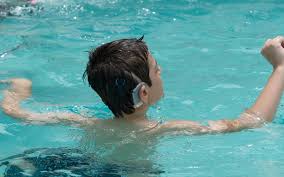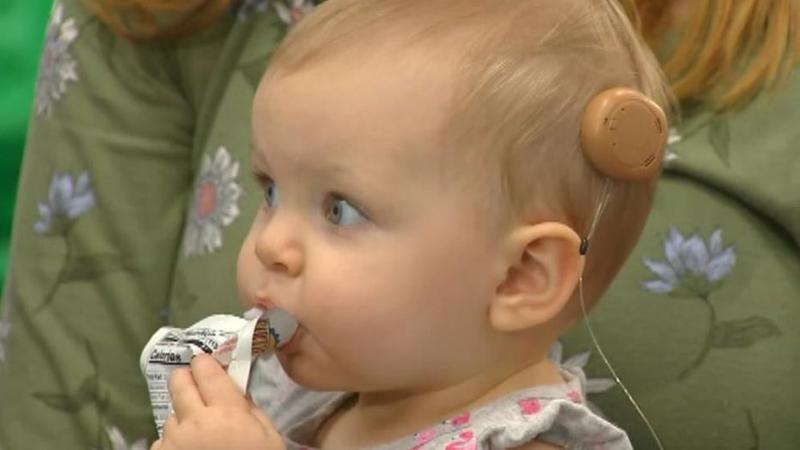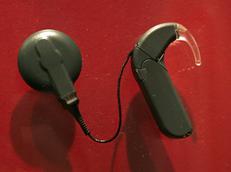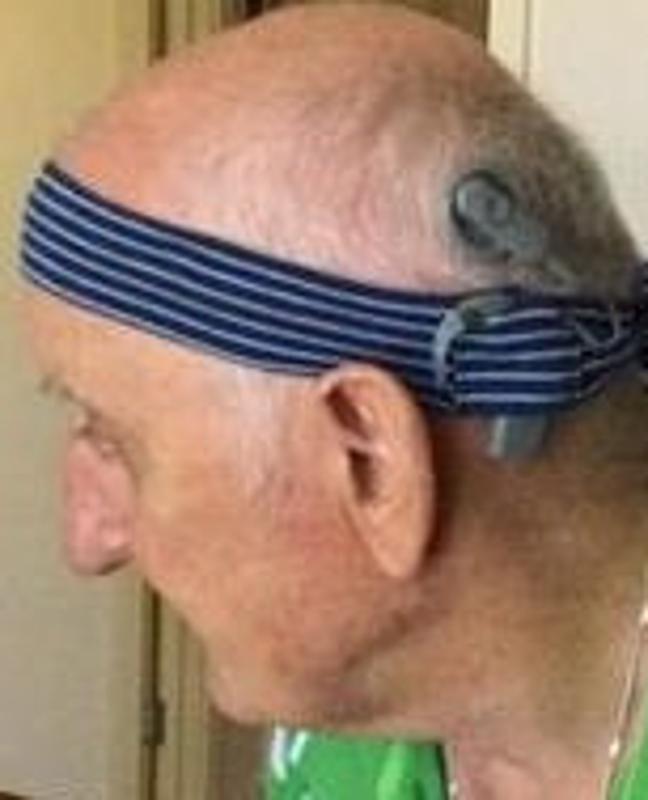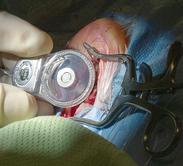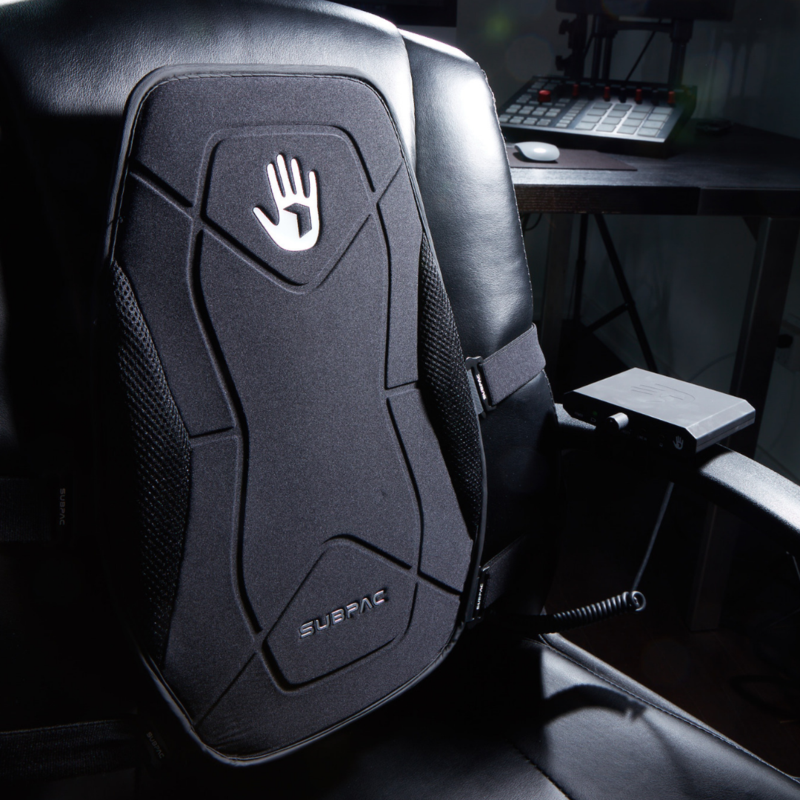DISTORED SOUND QUALITY
What makes one implant sound fuller than another?
It is all about the coding. Each company has a different code layout. Some have a fuller spectrum of sound but not as coherent and natural. This is what they don’t tell you. It also depends on how long the electrode is. One of the 3 brands has a shorter electrode that doesn’t cover the entire cochlea and has that 75% coverage but the coverage covers most of the sounds in daily life.
Some brands can go to nearly 100% but fall short of clarity. It also depends on the voltage of the nerve accepting the frequencies which is another thing they don’t tell you.
24 ELECTRODES PROVED THE MOST DYNAMIC RANGE? BUT..the naive customer doesn't know how to research this and they will think anything less than the highest electrode count is inferior.
I have talked to so many people that specialize in cochlear implants. Seems most are just reiterating information from these companies and don't have their own opinion. There are 2 different viewpoints on how cochlear implants should be made. I strongly recommend asking which one the person giving you information agrees with.
Most of the problems are with the lower frequencies which are at the very end of the cochlea (those who researched tonotopicity should know this). These are the hardest to become coherent and clear. If it heals poorly this can affect it. I strongly urge people to research the headphones that in the first 2 weeks can be a game changer. The less scarring the better if it can be avoided.
As far as sound quality, every so often the microphones get better and more sophisticated but the biggest factor in sound quality is the type of algorithms each manufacturer uses to process the sound and how it filters out the feedback which is another complaint that is complained about often. Some brands have fewer circuit options but have a different algorithm unlike the ones with higher circuit options that don't have the technology that another company patented. Everyone is always patenting something which makes it very hard to compete and this confuses customers because the technologies that can't be copied make that particular implant seem the best (until you talk to the next company who brags about their implant patents).
Caution: the more electric current that is being used the more EMF the electronics create (see my EMF and cochlear implant electro smog page
Microphone types: Each company I talked to has told me their sound is the best. Well, the algorithms that process the sound are only as good as the microphone. I urge people to research the different microphone types the cochlear implant has before making a decision. Most of the ones people have had over the years have been the polyester diaphragm types. These have the diaphragm next to a metal back plate. Some are made of silicone crystal in their microphone and good for those that are in high moisture environments.
People call me all the time saying their microphone in one implant doesn’t work as good as their other microphone in the other ear. As the microphones age over time, they can drift and lose its responsiveness. The biggest reason for drift in cochlear implant microphones is moisture. If it has 2 microphones they can get out of sync.
Beware: make sure it has a high enough IP rating. Some are designed better for higher surface fatigue (parents with kids will want a more durable processor). When particles get in the microphone, this creates what's known as a berm. The more particles that get in the more surface fatigue and this is when the processor will have to be sent in to get fixed.
Also, when choosing a microphone type, make sure you know which type you want - between an omnidirectional or one that has 2 directional microphones. One can be better depending on one's lifestyle.
Sound quality and Electrode positioning
This is were it gets really tricky. Depending on how the doctor places the electrodes... this will this determines the pitch of the sound the person will hear. Again there are two theories on how this should be done and I urge those that are interviewing doctors to know which style of implantation they agree with most because it will be one of two different ways. This is why on my quiz the first question is, which is more important... having a higher spectrum of sounds but not as clear or is having a clearer sound more important but not a full spectrum.
The biggest problems until now have been sound that is too upshifted in pitch due to too short of an electrode. I am not sure who the doctors are that are telling people to not investigate longer ones. Maybe they don’t want to take the risk of damaging the cochlea because they only have old research when they were more rigid and stiff. As far as getting a larger electrode that gets reaches the apex of the cochlea, the goal is to hear down to 70 hertz. A 28mm electrode should still let someone hear down to 70 hertz but a longer electrode will just have a higher fidelity sound. Based on my research, anything under 28mm will not give a complete full spectrum coverage. People call me telling me they heard differently. I always ask to be put on the phone with the person who told them that but that still has not happened yet. I don’t understand why they don’t want to talk to me. This is not a battle to see who is right and who is wrong. I only want people to hear both sides of the story so they can make their own decisions.
Partial oxygen pressure and voltage
This is my biggest concern that many people don't consider is scarring. In order to preserve the residual hearing I would personally do anything to keep the scarring down. I have studied how keeping the voltage high and the pressure low can be the biggest game changer right before the surgery and especially 2 weeks after getting a cochlear implant. The biggest test after it is healed is to compare how a person hears and then right after the partial o2 pressure was lowered and voltage is jacked up a little (or higher with some people), to see if there is a change in sound clarity.
We're open now.
Ask for Beth
1-877-827-4849
CochlearImplantsReviewed.com
... because every company is saying their cochlear implant is the best
We're open now.
1-877-827-4849
Ask for Jay
ADVANCED BIOTICS - COCHLEAR - MED-EL - OTICON - RECOCHLEAR - OTICON - NUROTRON
We're open now.
Ask for Beth
1-877-827-4849
CochlearImplantsReviewed.com
... because every company is saying their cochlear implant is the best
We're open now.
1-877-827-4849
Ask for Jay
ADVANCED BIOTICS - COCHLEAR - MED-EL - OTICON - RECOCHLEAR - OTICON - NUROTRON
 | ||||||
 | ||||||
Offer to the first person who can do this for me. I will guarantee 200 nopys for anyone that can get me on a phone call with any two cochlear implant reps on a 3 way call so that I can join a debate. One company will be against a longer electrode while the other one will be convincing that a shorter is better. I will do the nopys anywhere I con't care where it is.
If someone is gonna get a short electrode, no matter how good the electrode is, they will not get the full spectrum that the longer electrode offers. 31.5 mm is good if someone is lucky but 28 mm is what most people that can't get the longest electrode will still get the full spectrum but the extra 3.5 mm gives a higher fidelity sound. Those getting under 28 mm electrodes, I feel bad for. The most recent technology has been able to get the lower frequencies with under 28 mm or shorter but the pitch can get out of sync, maybe not now but hopefully not over time as it ages. The people that are lucky that get under 28 mm electrodes are people that have good hearing in the other ear that can hear the deep low tones in the healthy ear.
Upshifted sound - the biggest problem people have with their implant that sometimes never gets fixed. People can get it improved but if the electrode is too short to get and doesn’t have enough spectral bands and if it does have enough spectral bands but not enough pulses per second, then yes, the sound can always be an octave off and will sound either too high or too low. So, if it was supposed to have a sound at 1300 Hz, it might sound like 1200 Hz and this will never be fixed. I urge people to really know this stuff and how to fix the problems before getting implanted so people won’t have these issues that need to be fixed.
Yes, if the sound is upshifted it can be fixed to some extent by frequency compression which some doctors agree on and other doctors do not like it at all. (if you ask someone this and they don't know what it is, doctors also can know this by other names such as frequency shifting, sound recovering, frequency lowering, frequency raising). The people that need to have this done will need to shift the sound from one pitch to another pitch to make the sounds more natural. If someone wasn't able to hear a really deep bass tone since the electrode was too short, the processor will compress that sound that the person normally wouldn't hear and make it sound not so low and the person could hear it at a higher pitch tone that it normally sounds in real life. It can still be clear but the sound will not sound like most people without an implant would hear it. Basically, it takes a low pitch and turns it into a higher pitch. If the pitch was at 70 hertz, it would make the sound at 200 hertz, for example. A good processor should be able to do this without over amplifying the sound like the early generations sounded. Over-amplification was a thing of the past. Also, when getting the sound compressed, if the person is really good at it, then the sound will sound better and not have that tinlike mechanical sound.
I urge everyone to get one of these. Many kids screw up their microphone and parents get frustrated when they aren't hearing as good or they think they are not paying attention. I have tested random people coming out the front door of clinics and tested many kids on the spot. I can now see why people think I'm telling them nobby. Note to parents: Please check their microphones regularly.
Notice to those who get implants with electrodes under 28mms:
Subpac... this is what I recommend to anyone who cannot hear the low tones.
Google Subpack.... I like the one that is wearable. The other one is not wearable. It is the most affordable vibroaccoustical therapy I have ever used. I have 4 of these for anyone that wants a free loaner that is local.
